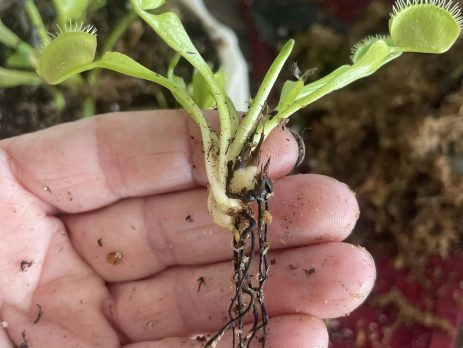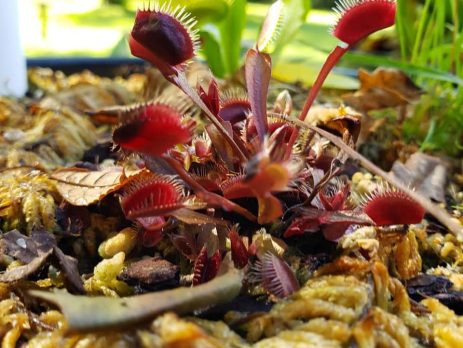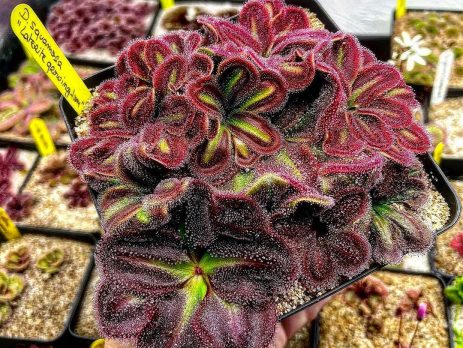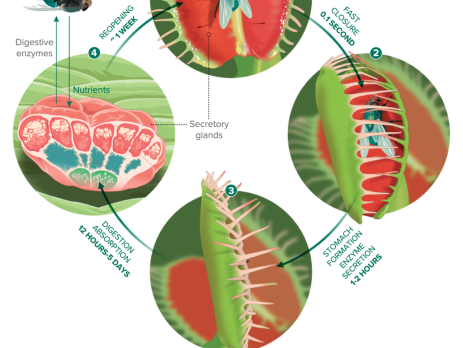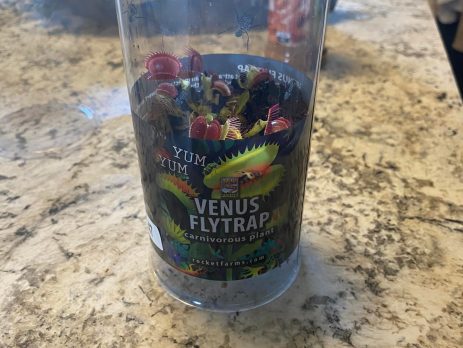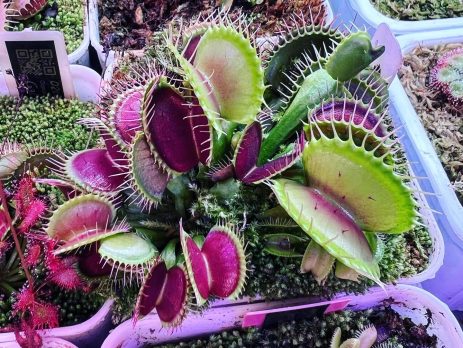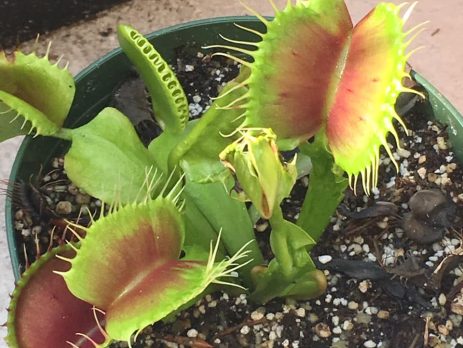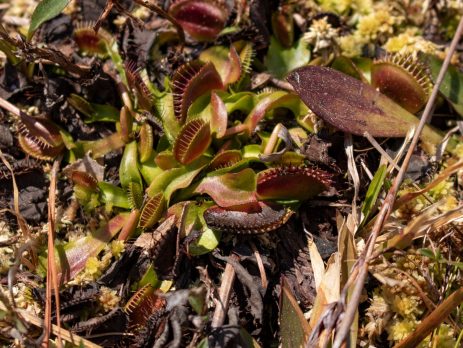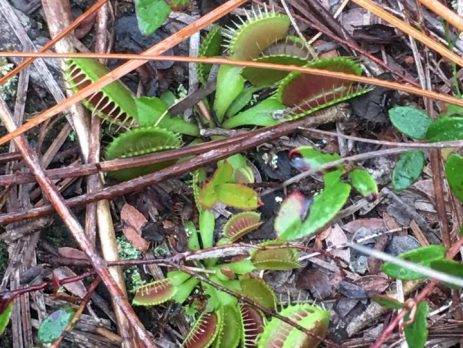The Venus Flytrap’s root system
The root system of the Venus flytrap (Dionaea muscipula) is relatively simple, consisting of a small cluster of fibrous roots that grow in the soil. These roots are thin and delicate, and are primarily responsible for absorbing water and nutrients from the surrounding soil. Unlike many other plants, the Venus flytrap does not rely heavily on its root system for nutrition, as the majority of its energy comes from the insects that it captures and digests. As a result, the root...

